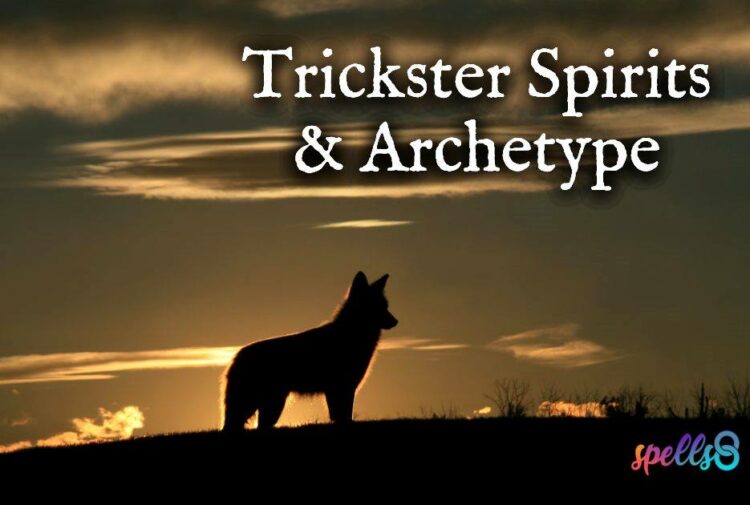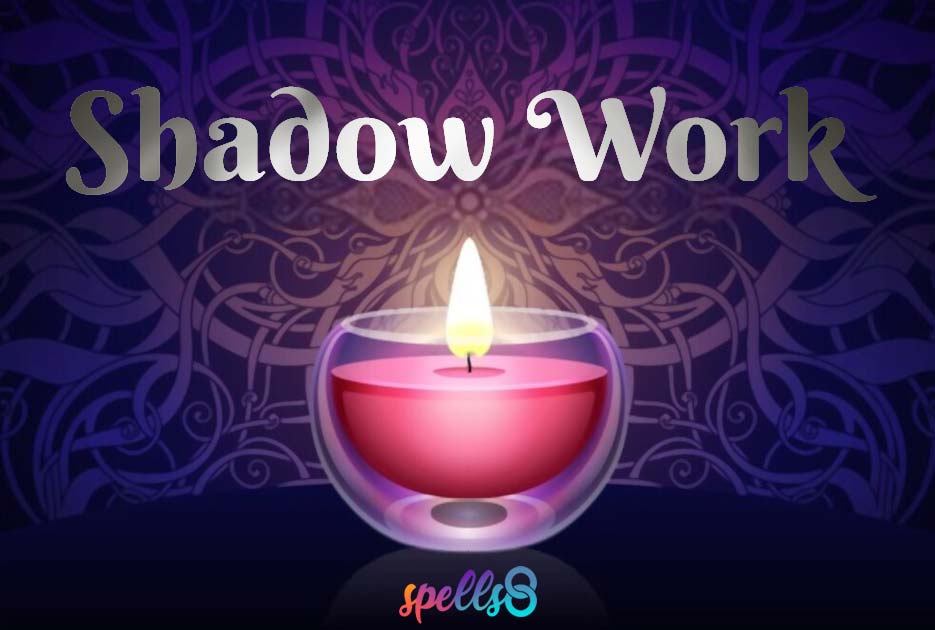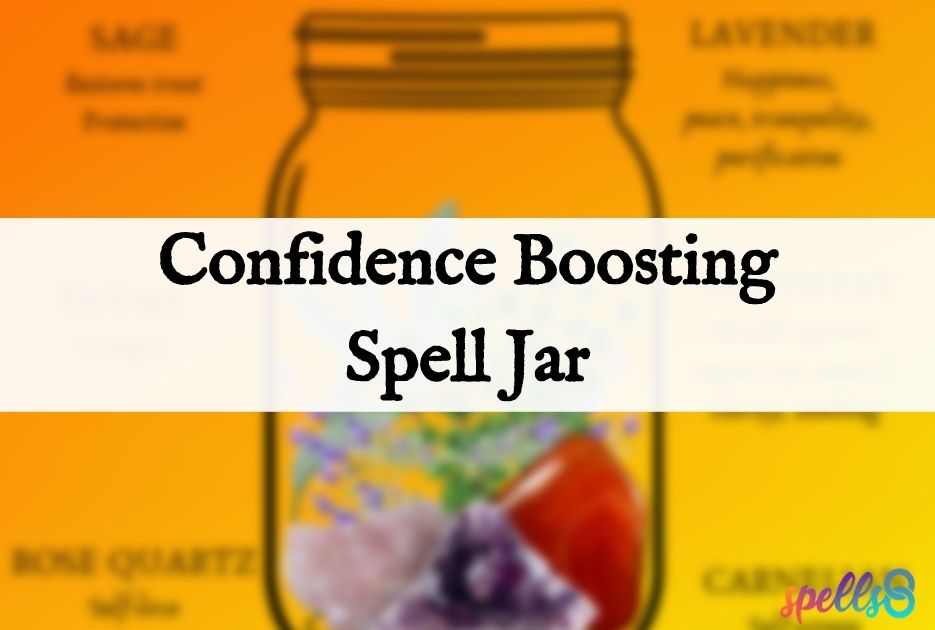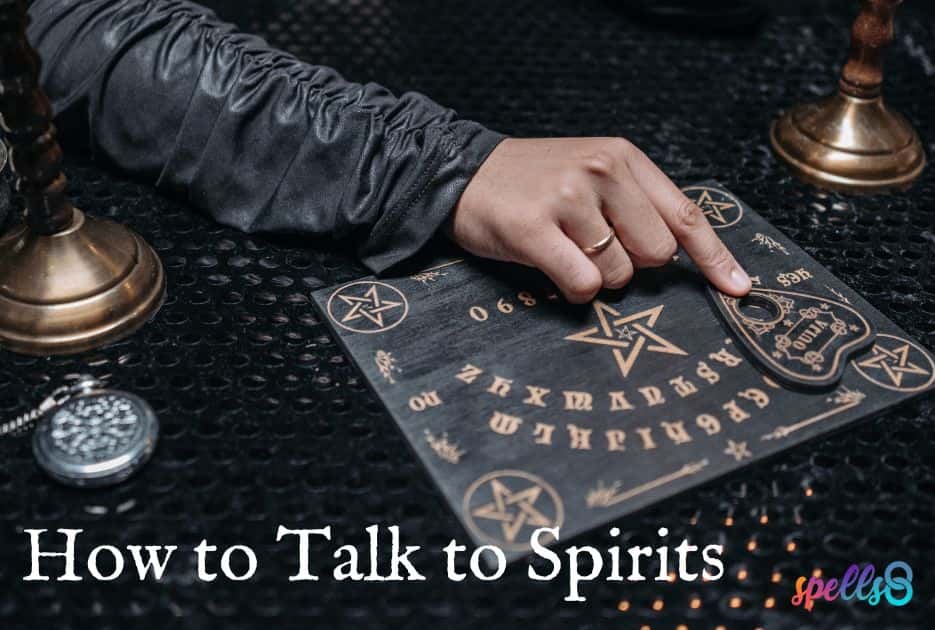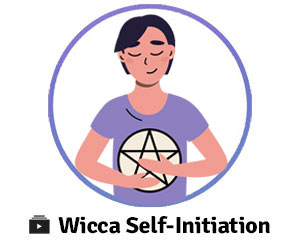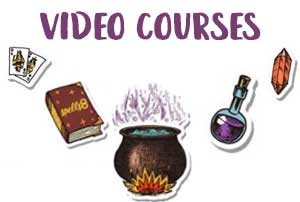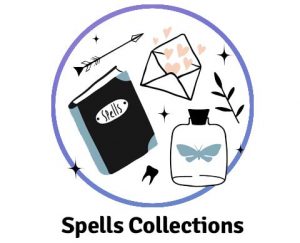Folklore and mythology are full of mischievous characters who defy societal norms and challenge the status quo. These tricksters, often depicted as cunning animals or playful gods, have been captivating audiences for centuries with their wit, humor, and unconventional approach to problem-solving. But beyond their entertainment value lies a deeper wisdom that can help us navigate life’s complexities with more creativity and flexibility. In this blog post, we’ll explore the fascinating world of the trickster archetype and uncover its secrets for unlocking our inner wisdom.

Introduction to the Trickster Archetype
The trickster archetype is found in many cultures worldwide and across time. The Trickster is a cunning character who often uses deception and humor to get what they want. In some stories, the Trickster is also a shape-shifter, able to change their form to suit their needs.
The trickster archetype can be both positive and negative. On the one hand, the Trickster is often associated with chaos and destruction. They may cause mischief and havoc in the world around them. On the other hand, the Trickster can also be a bringer of new ideas and a force for good. They may use their wit and intelligence to help others or right wrongs.
Psychologists and anthropologists have studied the trickster archetype to understand human behavior. In some cases, the Trickster represents our shadow selves – the dark side of our personality that we try to hide from others. By understanding the Trickster, we can learn more about ourselves and how to balance our light and dark sides.
Examples of Tricksters in Folklore & Mythology
Tricksters are a common archetype found in folklore and mythology around the world. They are often characterized as cunning, mischievous, or even outright deceptive creatures who use their wit and guile to get what they want.
The origins of trickster lore can be traced back to ancient times. The first recorded instance of a trickster figure is in the Epic of Gilgamesh, which tells the story of the hero Gilgamesh and his encounter with the mischievous god Enkidu.
Some other well-known examples of tricksters from folklore include the fox in Japanese folklore, the coyote in Native American mythology, and the Norse god Loki. In each of these traditions, the Trickster is often portrayed as playing pranks or causing mischief. But they can also be helpful figures, using their cunning to outwit enemies or help those in need.
The trickster archetype can also be found in more modern works of fiction, such as the character of Bugs Bunny in Looney Tunes or Han Solo in Star Wars. In these cases, the Trickster is often a lovable rogue who bends the rules but always comes out on top in the end.
Whether they’re causing trouble or winning our hearts, tricksters have always been a popular part of storytelling. Their amoral nature and penchant for chaos make them both entertaining and intriguing characters that we can’t help but root for – even when we know we probably shouldn’t.
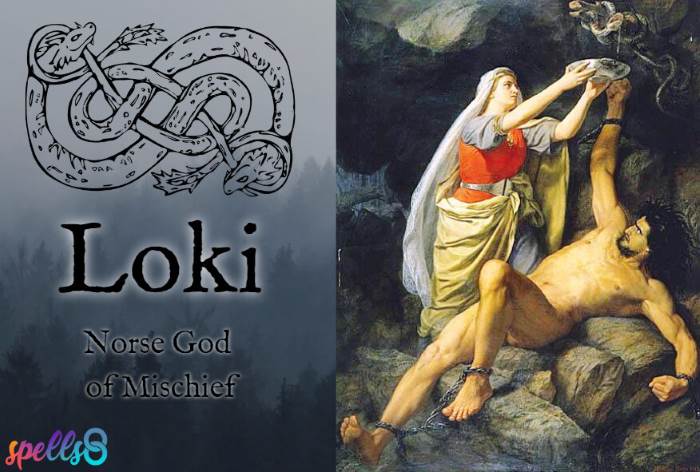
Signs of the Trickster Spirit in Everyday Life
The Trickster is a character type that is found in many cultures around the world. This archetype typically takes on the form of a sly, cunning creature who uses wit and deception to get what it wants. While the trickster archetype can be found in traditional folklore and mythology, it also manifests in modern-day life.
Signs to look out for are:
- People who frequently take advantage of others or are always trying to get one over on others are acting out the trickster archetype.
- Trickster spirits often manifest themselves in our lives through chaos and disruption as they embody the energy of change and disorder.
- Another sign of a trickster spirit is that it may cause us to procrastinate or make poor decisions, leading us into temptation or dangerous situations.
- Do you find yourself constantly doing things that you know you shouldn’t? You might be surrounded by the energy of the Trickster, stirring up trouble.
- Are you suddenly finding yourself in trouble more often than not? Then you may have a trickster spirit around you, guiding you to make choices that you usually wouldn’t.
- Unusual coincidences or synchronicities and a sense of being “off” or feeling like something just isn’t right.

Benefits & Challenges of Working with the Trickster Archetype
The trickster archetype is a powerful tool for exploring the shadow side of our nature. In many ways, the Trickster embodies our fears and desires, acting out in ways we may be too afraid to do ourselves. By understanding and working with the Trickster, we can better understand and manage our dark side.
There are many benefits to working with the trickster archetype:
- It can help us to become more self-aware. The Trickster forces us to confront our fears and desires head-on, which can be a challenging but ultimately rewarding process. By facing our shadow side, we can learn to accept and even embrace it, leading to a greater sense of self-awareness and personal power.
- Another benefit of working with the Trickster is that it can help us become more creative. The Trickster is often associated with chaos and disruption, which can lead to new ideas and solutions that we wouldn’t have thought of before. This can be a great way to break out of restrictive thinking patterns and find new life paths.
- Working with the Trickster can also help us to build resilience. The Trickster teaches us that life is full of surprises and challenges but that it’s possible to navigate them successfully if we stay flexible and open-minded.
- The trickster energy helps you question assumptions and challenge norms. You are encouraged to think outside the box and see things from different perspectives.
- Another way to work with the Trickster is to use its energy to help you find humor in life. The Trickster is often associated with laughter and lightheartedness. This can be valuable when dealing with stressful situations or difficult people.
- The Trickster can also be used as a tool for personal transformation. The energy of the Trickster can help us let go of old patterns and ways of being that no longer serve us. It can also help us embrace change and new possibilities for our lives.
However, there are some challenges to be aware of when working with the trickster archetype. The Trickster can often lead us into dangerous or reckless situations if we’re not careful, so it’s essential to stay grounded and maintain clear boundaries. The Trickster can also lead us into a false sense of invincibility or detachment from reality, which can be damaging in the long run. Finally, the Trickster is often associated with negative emotions such as anger, fear, and guilt, so it’s essential to approach our work with this archetype with caution and mindfulness.
Conclusion
Trickster characters are found in many stories and cultures, showing us the importance of not taking things too seriously. They remind us to question our beliefs and status quo and appreciate life’s absurdities. By understanding these archetypes from a psychological perspective, we can gain insight into how they shape our thoughts and behaviors. We can also use them to become more aware of our behavior so that we can better navigate difficult situations with wit and wisdom.
Shadow Work: Embracing Your Inner Darkness
Do you feel like there’s a part of yourself that you keep hidden from the world? Do you struggle with negative emotions or patterns that you just can’t seem to shake? If so, you’re not alone. Many of us have a shadow side that we try to ignore or suppress. But what if instead of hiding from it, you could learn to embrace it? That’s where shadow work comes in.
Take the Course »
*members only
Confidence Booster Jar Spell
Leave the energy of the Trickster behind as you build your confidence with this spell jar recipe! Simple ingredients such as amethyst, lavender, and thyme make this spell jar accessible for every witch. Don’t let the Trickster get to you!
How to Talk to Spirits: Mediumship and Psychic Connection
If you’ve ever wanted to channel spirit messages then you’re in the right place. We’re going to take you through how to set yourself up before connecting, what to do when you feel like you’ve made a connection, what sort of questions to ask, and how to end the connection.

